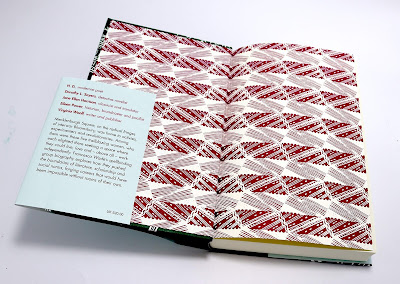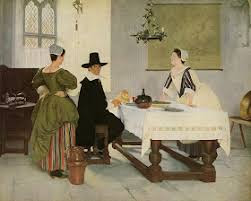Harriet was glad that in these days she could afford her own little car. Her entry into Oxford would bear no resemblance to those earlier arrivals by train. For a few hours longer she could ignore the whimpering ghost of her dead youth and tell herself that she was a stranger and a sojourner, a well-to-do woman with a position in the world. The hot road spun away behind her; towns rose from the green landscape, crowded close about her with their inn-signs and petrol-pumps, their shops and police and perambulators, then reeled back and were forgotten. June was dying among the roses, the hedges were darkening to a duller green; the blatancy of red brick sprawled along the highway was a reminder that the present builds inexorably over the empty fields of the past. She lunched in High Wycombe, solidly, comfortably, ordering a half-bottle of white wine and tipping the waitress generously. She was eager to distinguish herself as sharply as possible from that former undergraduate who would have had to be content with a packet of sandwiches and a flask of coffee beneath the bough in a by-lane. As one grew older, as one established oneself, one gained a new delight in formality. Her dress for the garden party, chosen to combine suitably with full academicals, lay, neatly folded, inside her suitcase. It was long and severe, of plain black georgette, wholly and unimpeachably correct. Beneath it was an evening dress for the Gaudy Dinner, of a rich petunia colour, excellently cut on restrained lines, with no unbecoming display of back or breast; it would not affront the portraits of dead Wardens, gazing down from the slowly mellowing oak of the Hall.Triumphalism and a linear narrative mark Harriet's rumination as she travels to Oxford. She denigrates her former, implicitly weaker self of years past. She describes it as a "whimpering ghost." It has been replaced with something more powerful: but we note the power is superficial and materialist: she is now "well-to-do" and has "position." She is "eager" to shed and scorn the vulnerable, humbler self who "had to be content" with with a picnic of sandwiches and coffee under a tree. (That lovely pastoral image of simplicity is somehow humiliating to Harriet.) Maturity to her means more money and a "new delight in formality." Her worth is measured by a life narrative that parallels the road driven quickly to Oxford, a straight line of "success" from point A to point B. It is marked too by expensive and conservative clothing that will garner the approval of "dead Wardens."
It is very possible that Sayers is meaning to reveal Harriet's flaws in this paragraph: her self-congratulatory vanity, the self-hatred implied in her scorn towards her younger self, her misplaced materialism in denigrating a delightful picnic lunch in favor of wining and dining at a restaurant where she can reassure herself of her place in the class hierarchy. At the restaurannt, she leaves the waitress a big tip: an act that has nothing to do with compassion for the waitress and everything to do with Harriet's ego.
This picture of Harriet Vane is likely to leave the average reader feeling diminished. It speaks very strongly to hierarchy: what makes Harriet feel good about herself is the triumphant sense she has come further than most. Her life is not what we might imagine the reiterative cycle her waitress's life must be. Harriet expresses no sense of identity with that fellow traveler.
 |
| Harriet has proudly left this kind of life behind. |
One could argue that this is woman's literature: it celebrates the "empowerment" of a woman enjoying career success. It shows a woman who has ostentatiously become one of "adults in the room." It dwells on the sensuality of woman's dress, the kind of domestic detail (if we stereotype) denigrated by men but beloved of women; we women might enjoy the "rich petunia color" of her evening gown, for example.
Yet while female, this is not a humane portrait: Harriet is aggressively alone, on her own, making it alone-- the aggressive model of literature and life we often identify with male heroes. She is climbing a hierarchy and knows it. She places her worth in the markers of outward career success. She despises vulnerability. She lacks empathy with her younger self: she thus internalizes self humiliation. The circular and repeated rhythm of life--eating a meal--has value to her only as a status marker.
We hope that over the course of the novel Harriet Vane--though her name suggests not--may find a deeper, more humane soul. Otherwise, she becomes a cautionary portrait of how a shallow life looks.









































